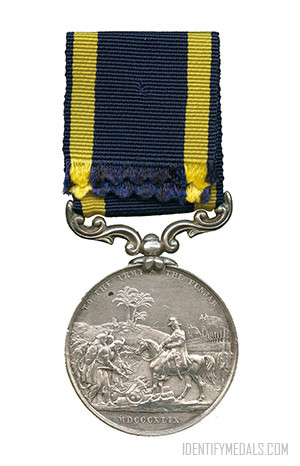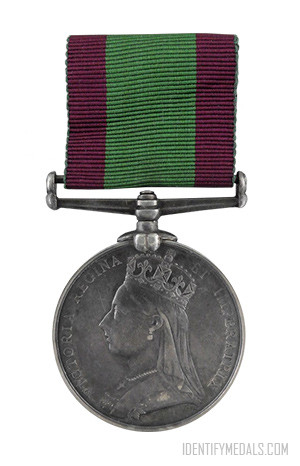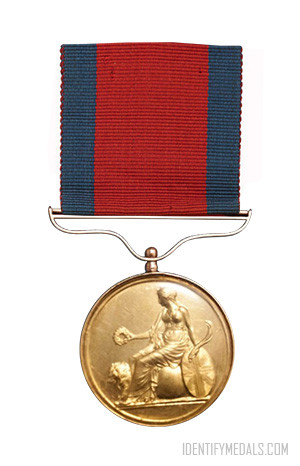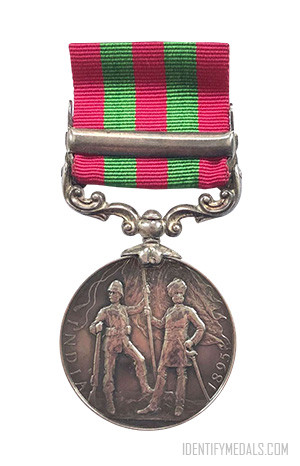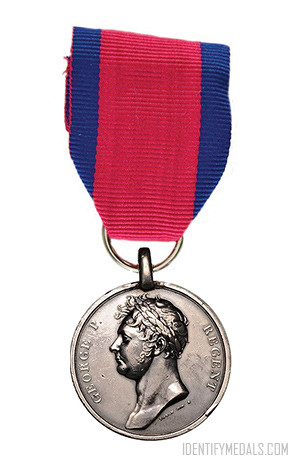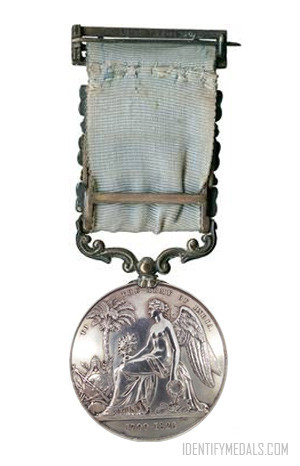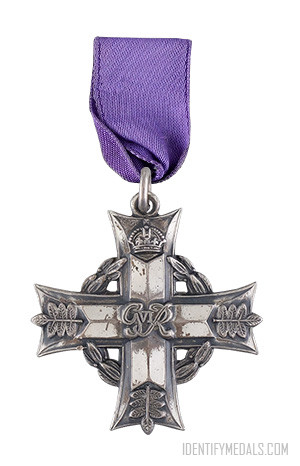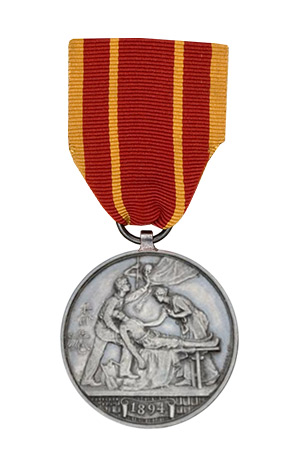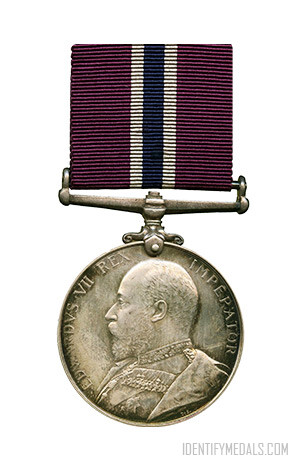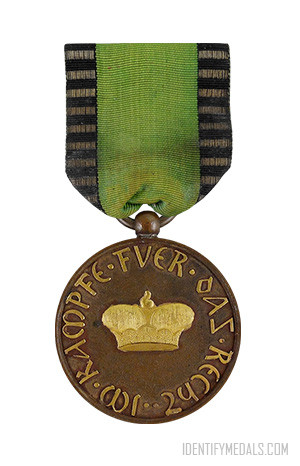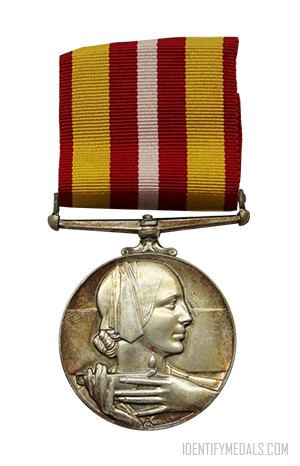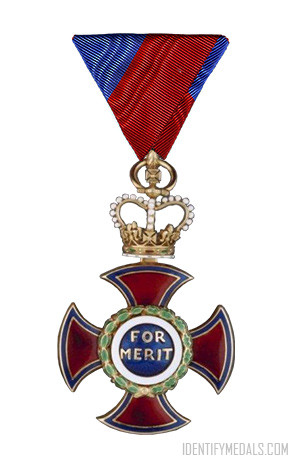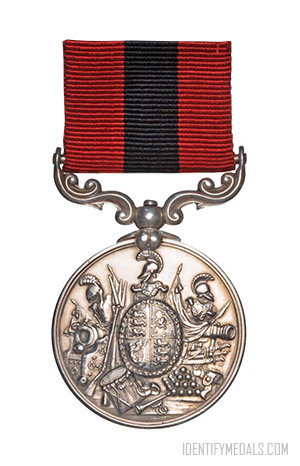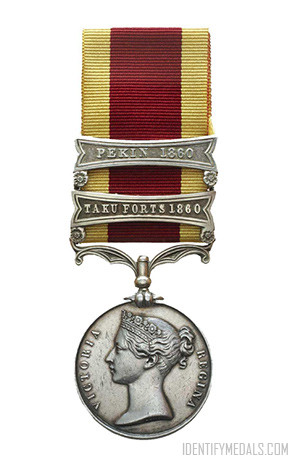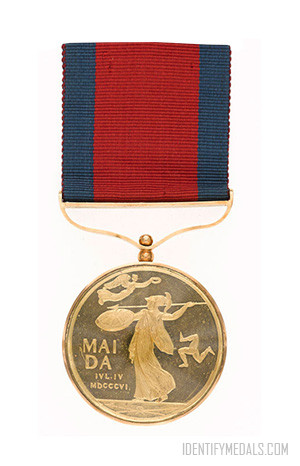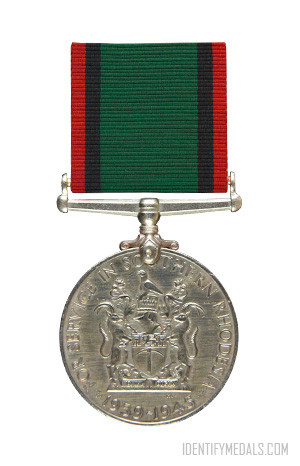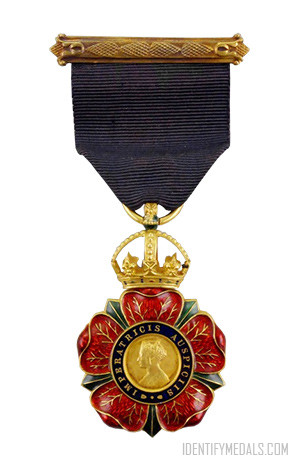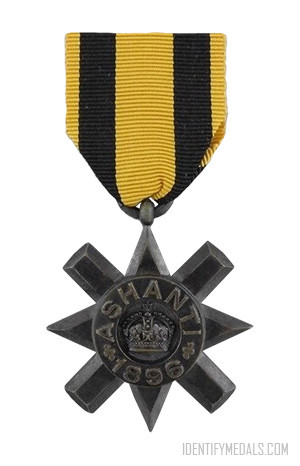- Time Period: Pre-WW1
- Year of Institution: 2 April 1849
- Country: Great Britain
The Punjab Medal is a campaign medal approved on 2 April 1849 and issued to officers and men of the British Army and Honourable East India Company who served in the Punjab campaign of 1848-49 (between 7 September 1848 and 14 March 1849), which ended in the British annexation of the Punjab.
Three clasps were authorized, although no medals were awarded with more than two, since no unit qualified for both the Mooltan and Chilianwala clasps.
The clasps were: Multan (7 September 1848 – 22 January 1849), awarded to troops engaged in the siege of Multan. In total, 18,967 of these clasps were awarded, 2,900 to Europeans and 16,067 to Indian troops; Chilianwala, (13 January 1849) awarded to troops under the command of Lord Gough who engaged with the Sikh army of Sher Singh and Lal Singh near Chilianwala. In total, 21,453 of these clasps were awarded, 4,300 to Europeans and 16,153 to Indian troops; and Goojerat (21 February 1849) awarded to troops under the command of Lord Gough who defeated the Sikh army of Sher Singh at Gujarat. In total, 32,960 of these clasps were awarded, 6,200 to Europeans and 26,760 to Indian troops.
The Punjab Medal Design
The Punjab medal is a circular silver medal measuring 36 millimeters (1.4 in) in diameter and designed by William Wyon.
The obverse shows the diademed head of Queen Victoria with the legend VICTORIA REGINA. The reverse depicts a scene showing Sir Walter Gilbert receiving the Sikh surrender with the legend TO THE ARMY OF THE PUNJAB above, and below MDCCCXLIX, the year 1849 in Roman numerals.
The ribbon measures 31.7 millimeters (1.25 in) wide and is dark blue with a yellow stripe towards each edge.

